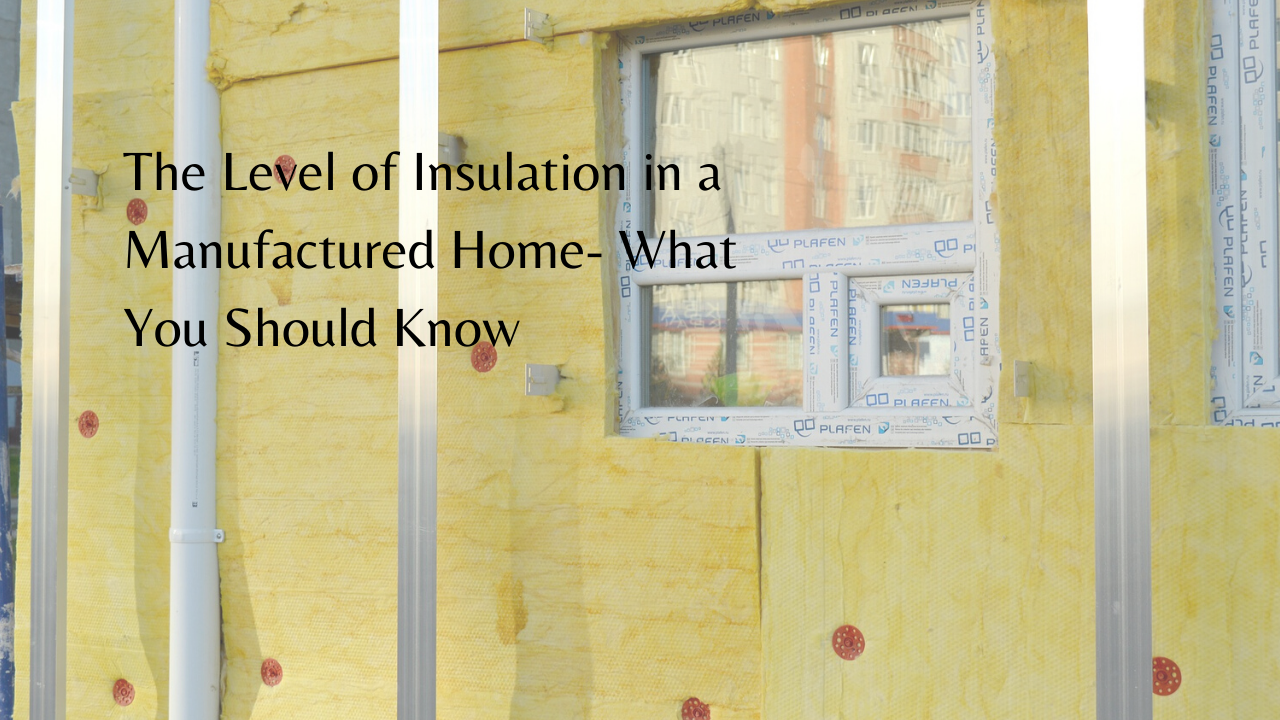The Level of Insulation in a Manufactured Home - What You Should Know
November 7, 2019

When purchasing manufactured homes, there are many questions that can come up. One of these questions is about the amount of insulation of the home. Insulation does a lot of work, so finding a home that has the right amount of insulation is key! There are different levels of insulation in different areas of the home, and the quality of insulation may differ, so Triad has put together this guide for our readers on levels of insulation, and what you should know.
Are manufactured homes insulated well?
They are! Manufactured homes are required to be insulated, and depending on the location of the manufactured home within the United States, they will be held to different standards of insulation. This all depends on the HUD Code, which is a set of construction and safety standards for manufactured homes designated by the government. This was created in 1976, and ever since then, all homes have been required to meet this standard. So, all homes built after 1976 will be created up to these standards and meet the insulation requirements of the region they are in!
What types of insulation are there?
There are different kinds of insulation from blankets or rolls, to blow-ins and loose-fills, or polysterene beads. Whatever type is in the home depends, again, on the location of where the home is placed. The home has to meet the HUD Code thermal zone requirements. These requirements determine the heat transfer that will occur in the home. Heat transfer is the transfer of thermal energy between objects of different temperature. Having less heat transfer means less heat is lost from the home. The r-value of insulation shows how well the insulation resists heat transfer through the home. The r-value of an insulation depends on the type of insulation that it is, the density, and the thickness. Compressing insulation to make it thinner will cause the r-value to be depleted. Doubling the layers of insulation will, however, double the r-value. There are different recommendations for what level of insulation should be present for different areas of the house. The insulation exists to make the heating and cooling system in the manufactured home work less, so it is important to correctly balance the levels of the insulation in a way that works most efficiently. It is best to have the highest rated insulation in the ceiling, since heat rises. In order to keep the heat from escaping out of the ceiling, the highest amount of insulation needs to be there. The second highest amount of insulation should reside in the floors, and the least amount of insulation normally sits within the walls. The exact numbers for each depends on where the home is located.
Are there safety requirements?
There are! These safety requirements are also listed in the HUD Code. The code determines fire safety requirements of the insulation within the home. To aid in fire safety, there are certain flame-spread requirements that have to be met in order to prevent a fire from spreading as much as possible. There are also smoke-developed rating requirements that manufactured homes have to meet. Manufactured homes have to meet these ratings in order to increase homeowner safety in case of a fire.
The insulation of a manufactured home is something that is vital to happy living within your home! For new homes, they are very likely to already be up to the standards that they need to be, but it never hurts to look into something as important as insulation. For any other questions on manufactured homes, take a look at the other posts that Triad has put together to make manufactured home purchasing a breeze.
